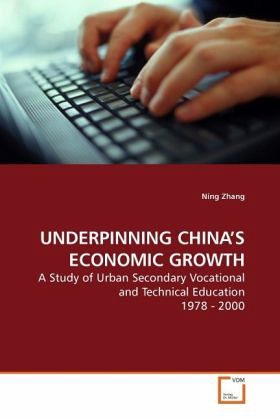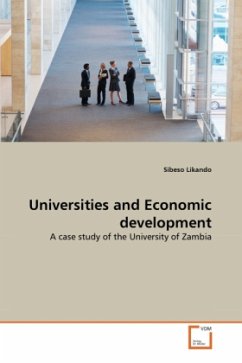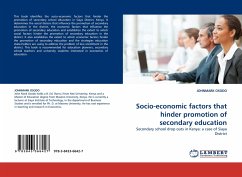
UNDERPINNING CHINA S ECONOMIC GROWTH
A Study of Urban Secondary Vocational and Technical Education 1978 - 2000
Versandkostenfrei!
Versandfertig in 6-10 Tagen
52,99 €
inkl. MwSt.

PAYBACK Punkte
26 °P sammeln!
From 1978, the Chinese government attempted to develop secondary vocational and technical education (VTE) on a large scale, streaming 50% of senior secondary students into the VTE, with the rhetoric that China needed tens of millions of skilled workers for the economic construction. During the 1980s and 1990s, the system went through three periods: restoring the old system developed before the Cultural Revolution from the end of 1970s, reforming and developing on a full scale from 1985, and stagnating from the late 1990s. In the different periods of time, secondary VTE had different impact on ...
From 1978, the Chinese government attempted to develop secondary vocational and technical education (VTE) on a large scale, streaming 50% of senior secondary students into the VTE, with the rhetoric that China needed tens of millions of skilled workers for the economic construction. During the 1980s and 1990s, the system went through three periods: restoring the old system developed before the Cultural Revolution from the end of 1970s, reforming and developing on a full scale from 1985, and stagnating from the late 1990s. In the different periods of time, secondary VTE had different impact on China s economy and society. This book examines the achievements and problems in the structure, funding, teaching resources, curricula as well as employment opportunities of the secondary VTE. It also assesses political, social and psychological effects on secondary VTE students and parents. This book fills some gaps in research on school-based vocational education in China. It is valuablefor both research and teaching.











